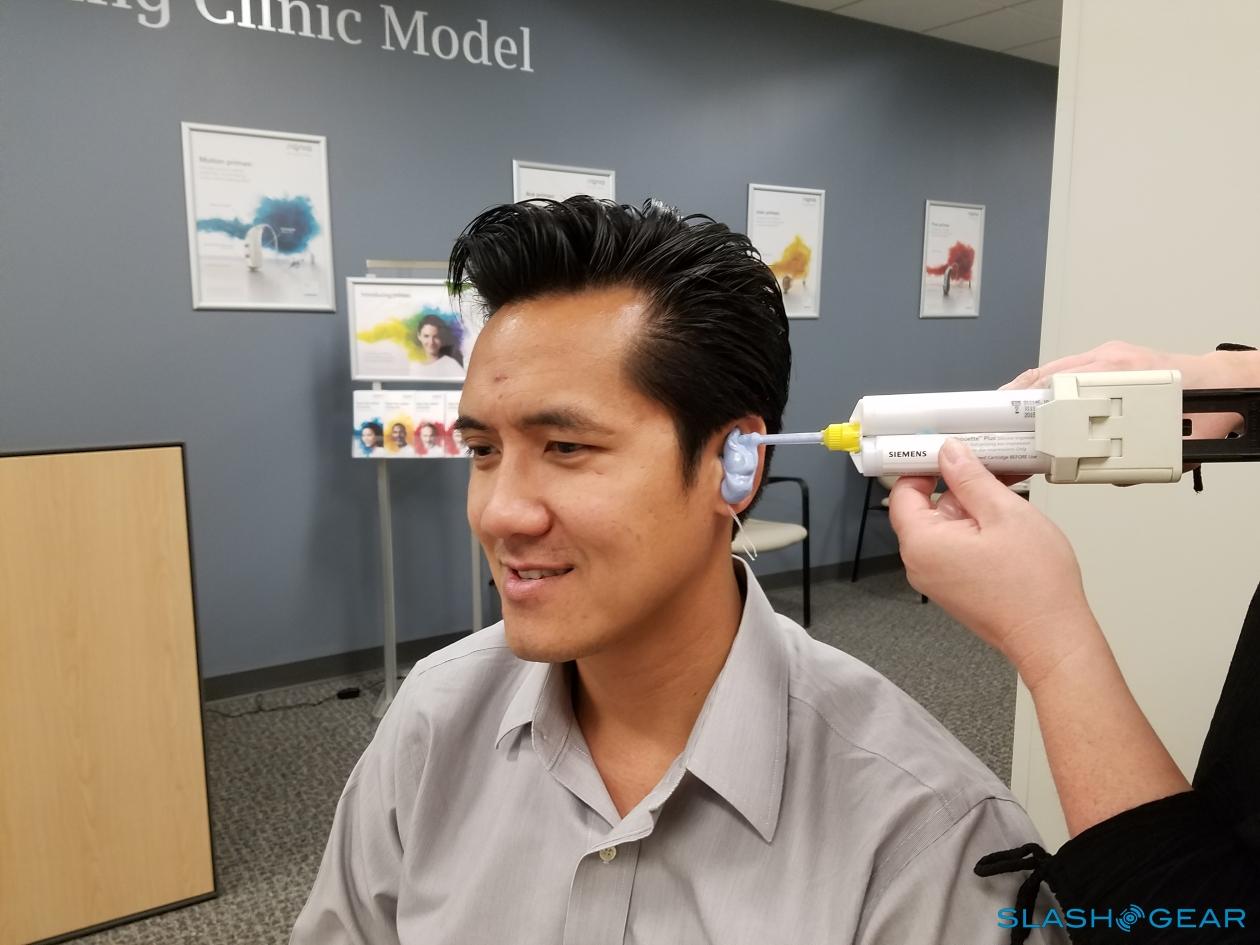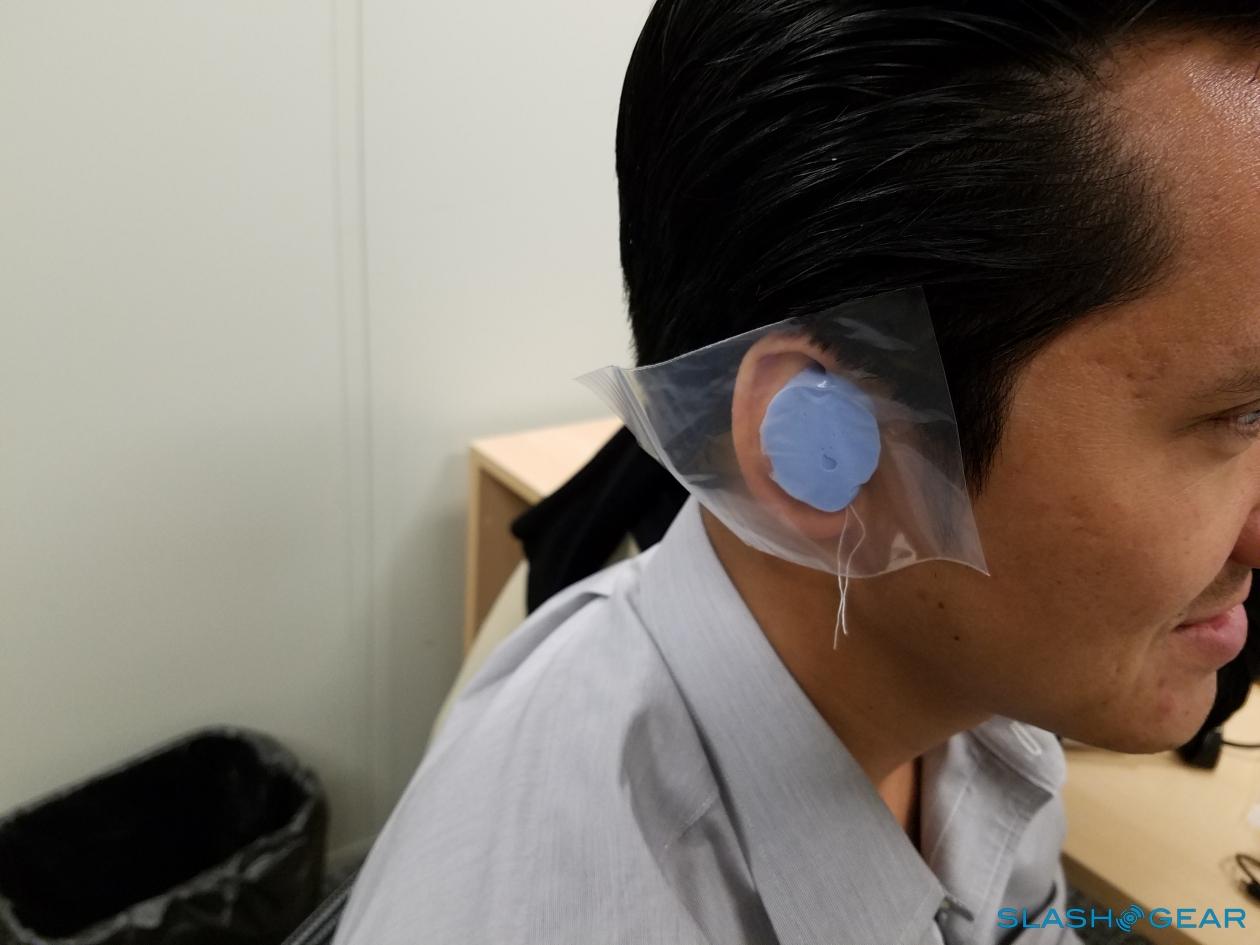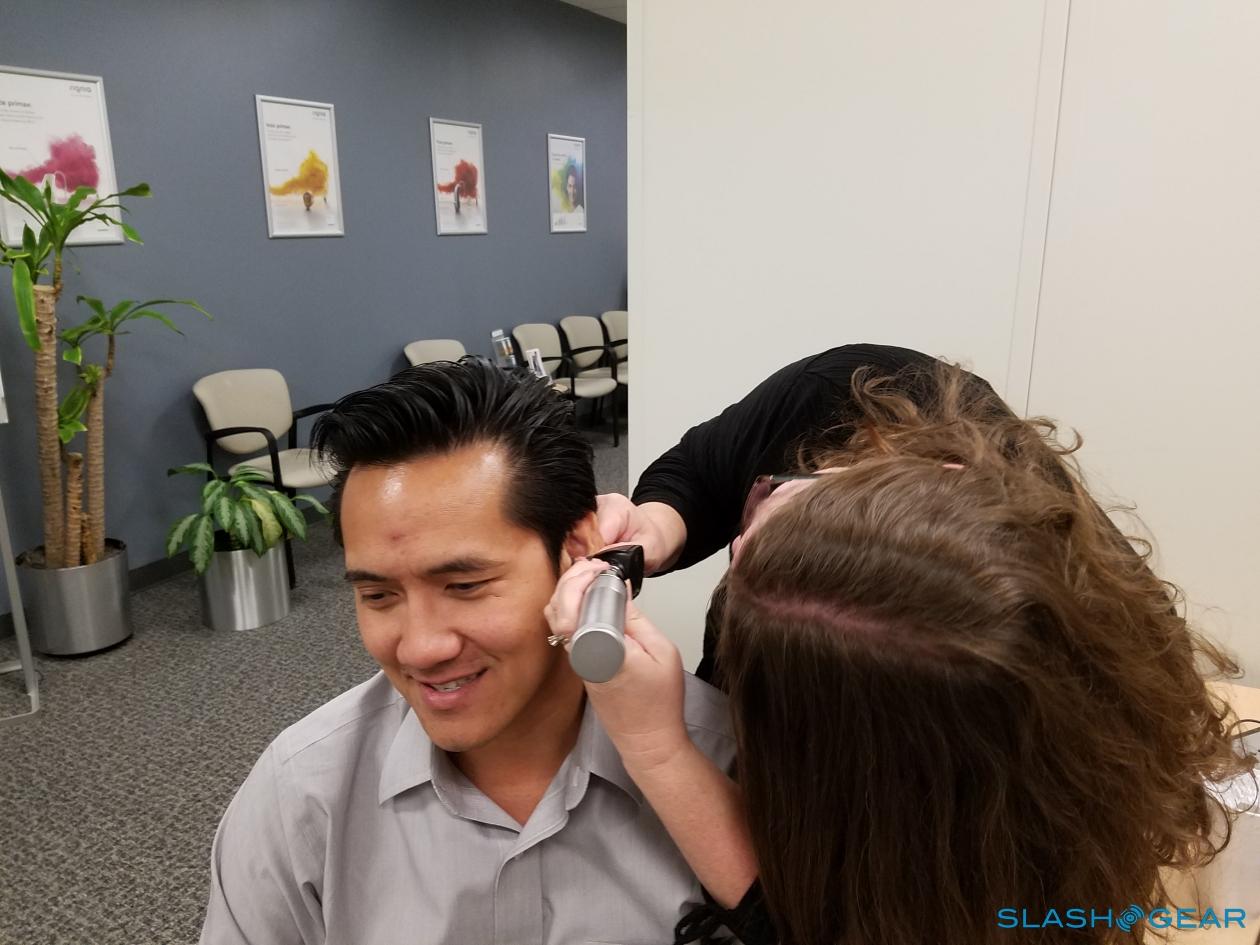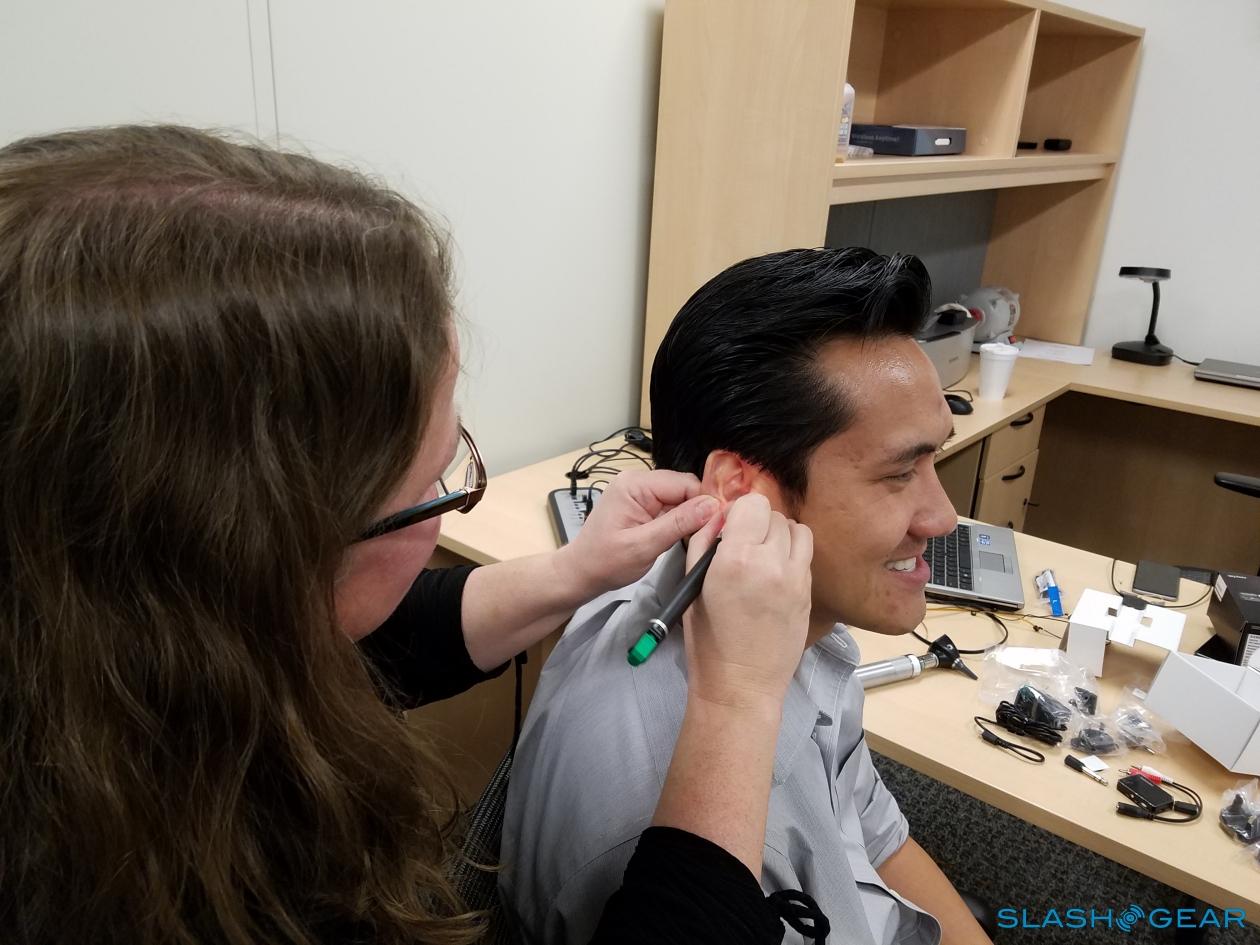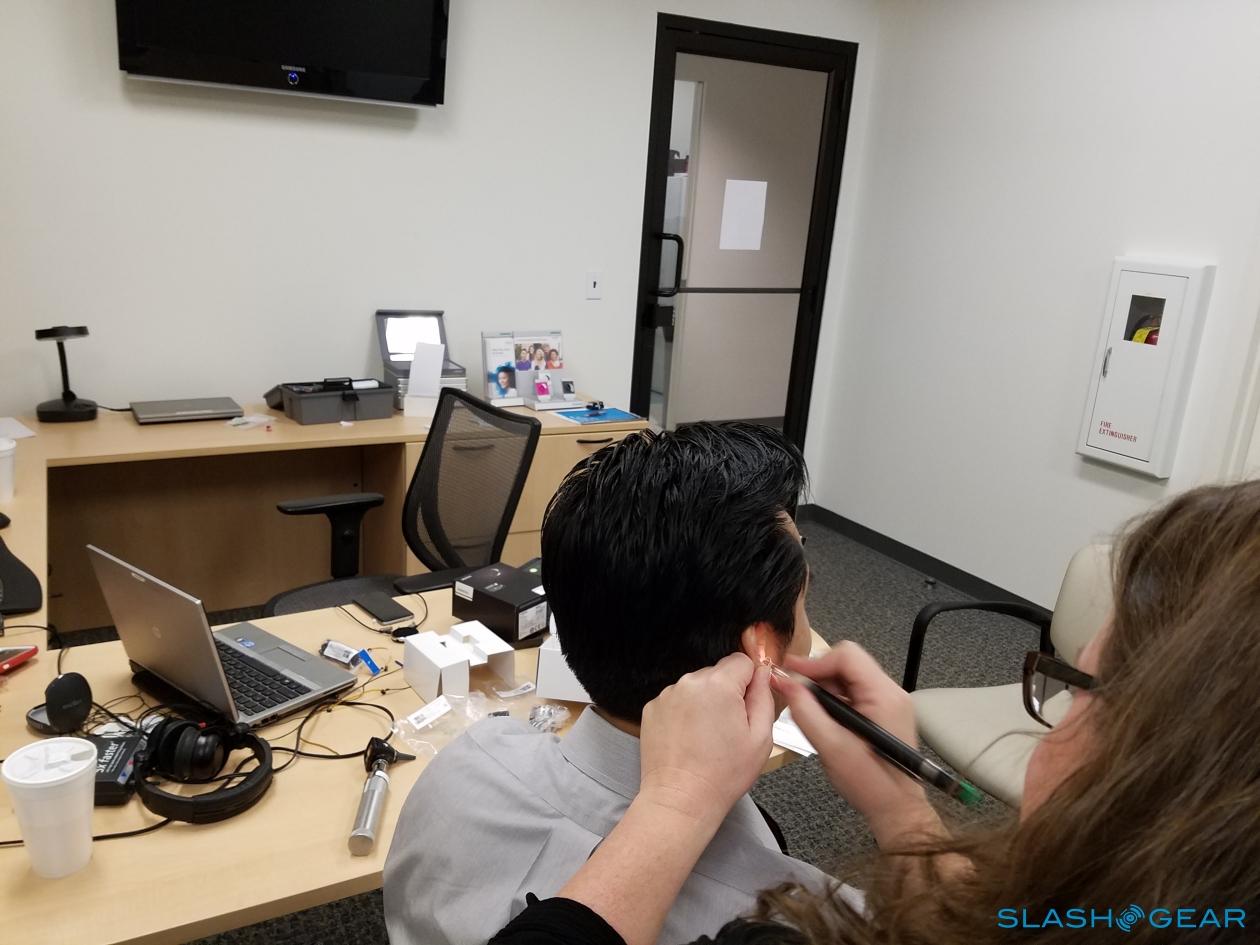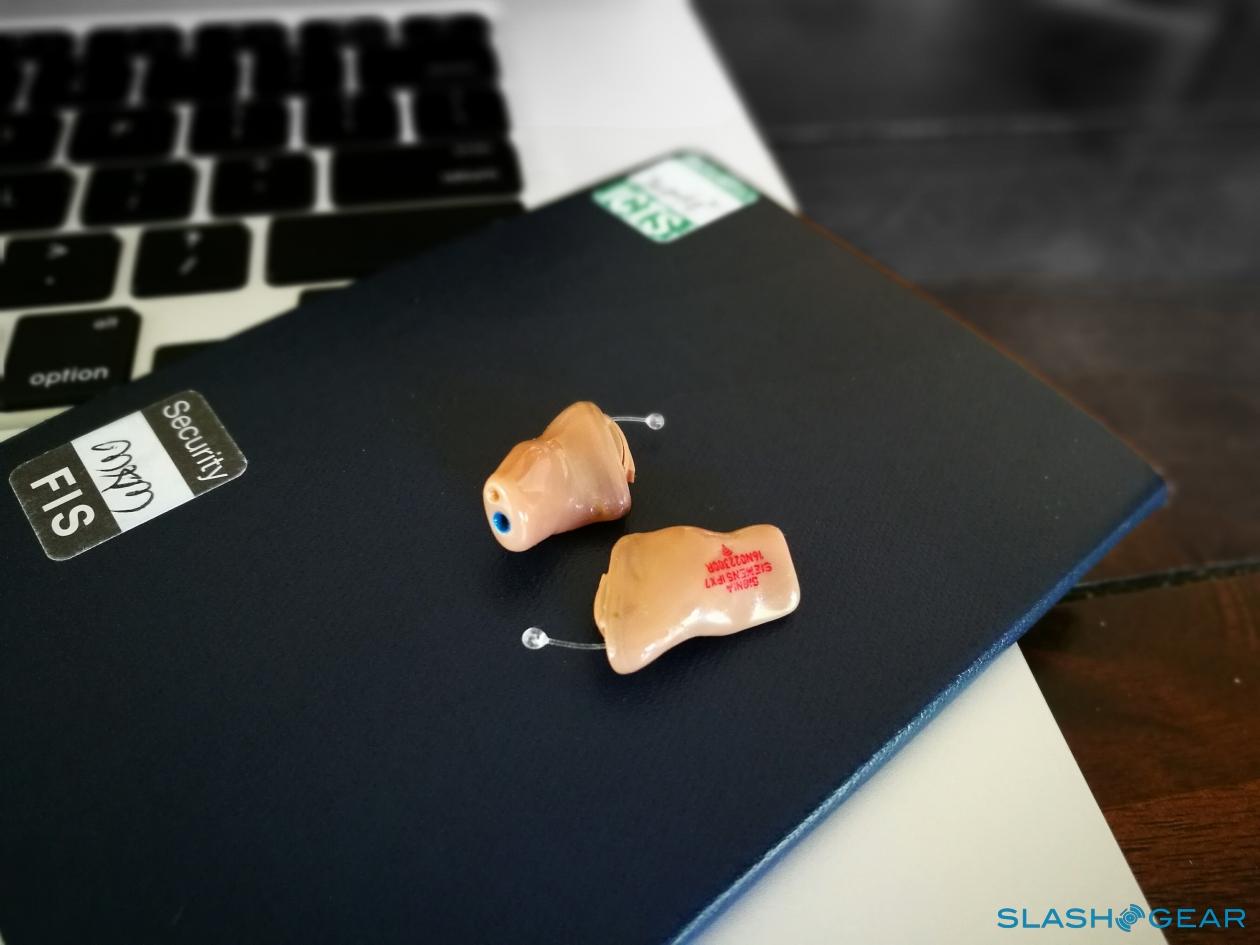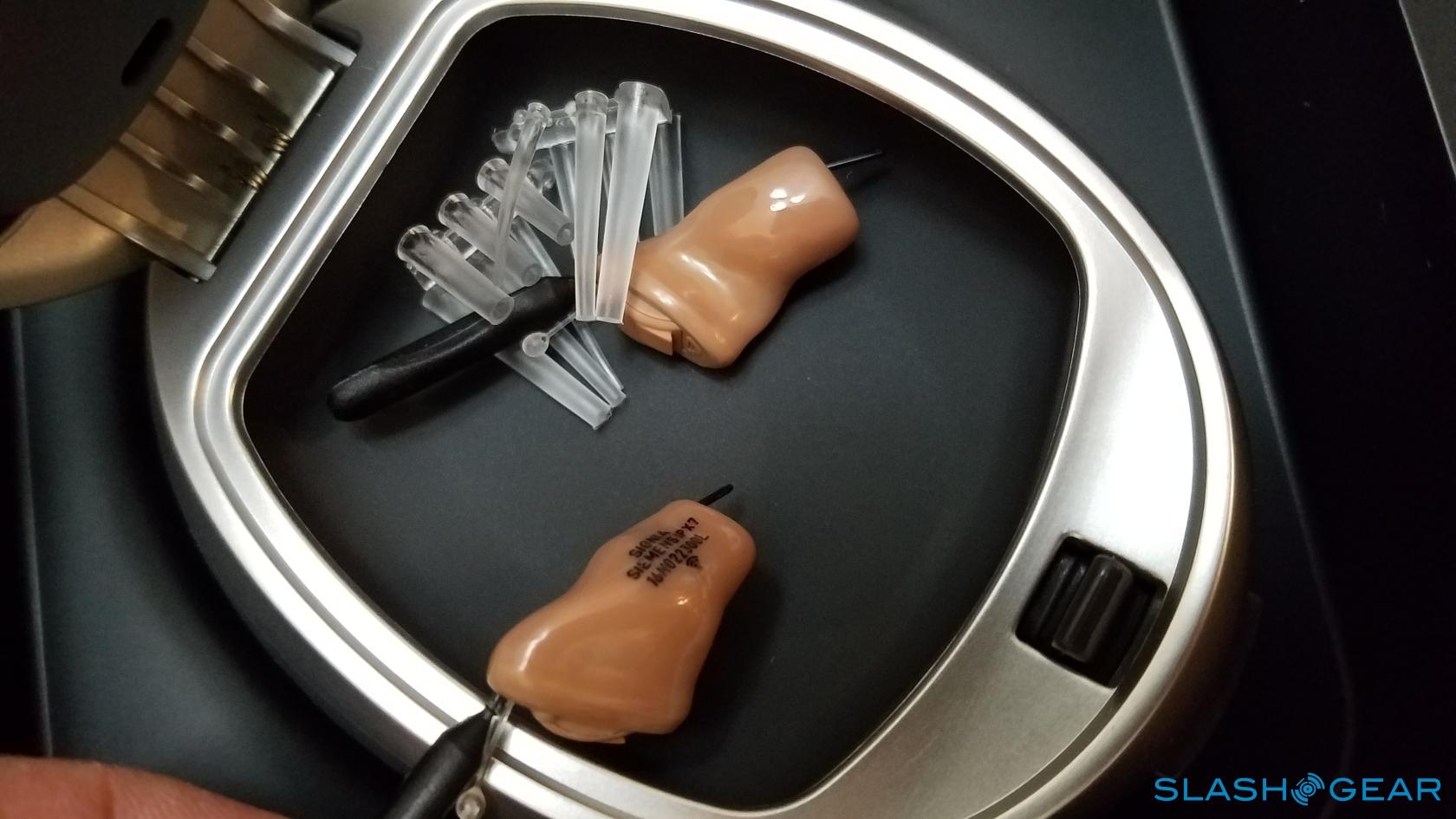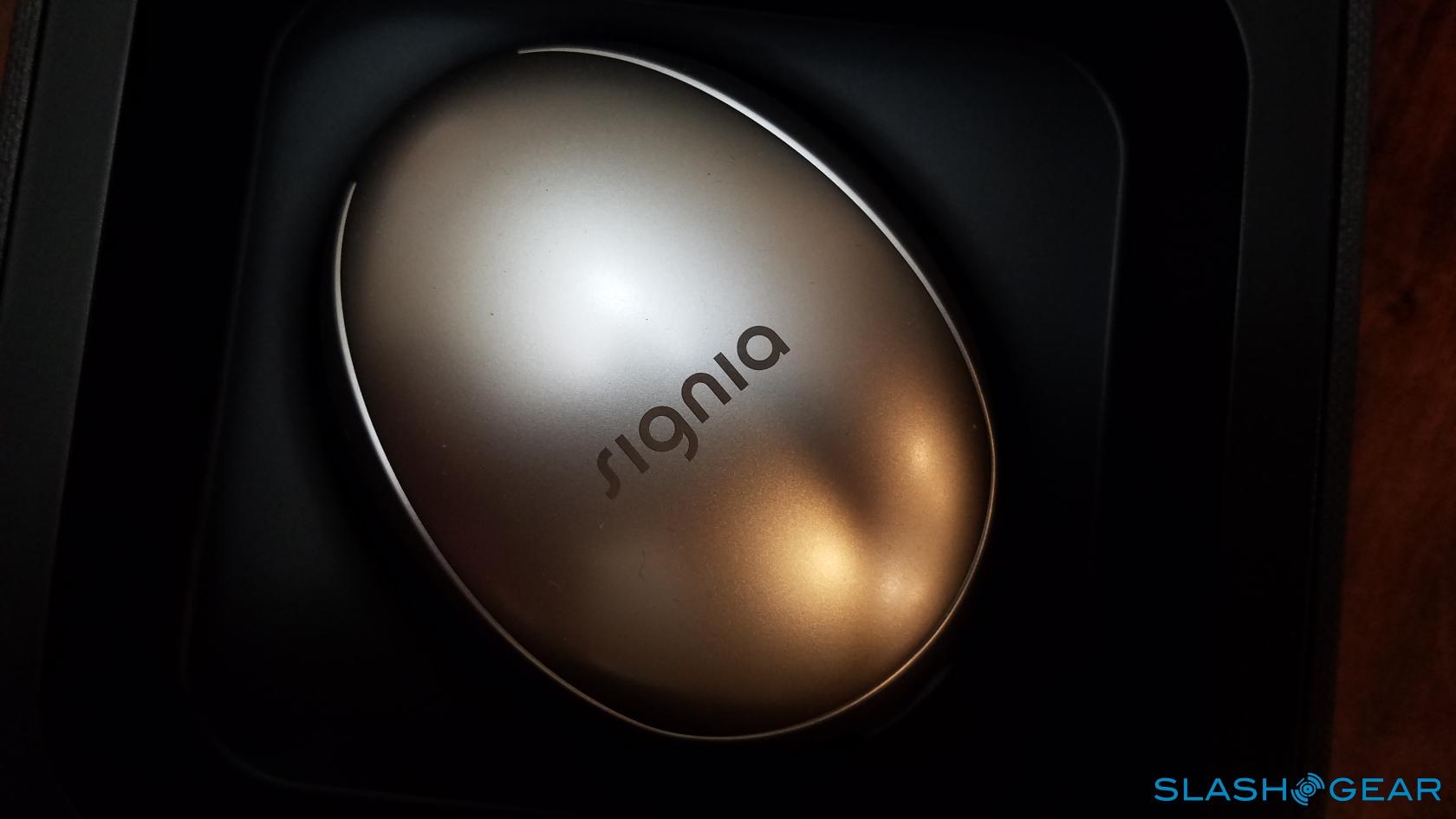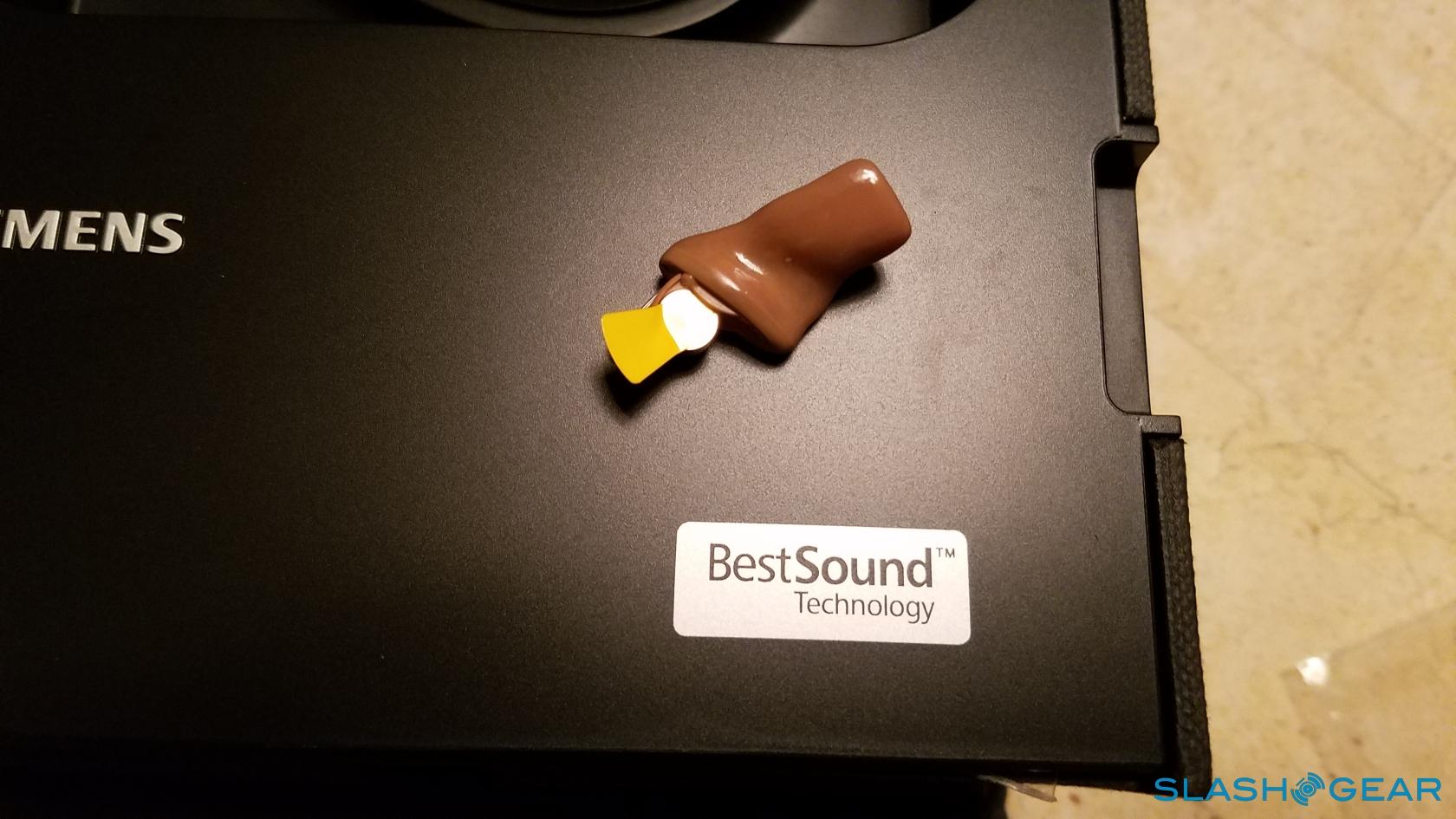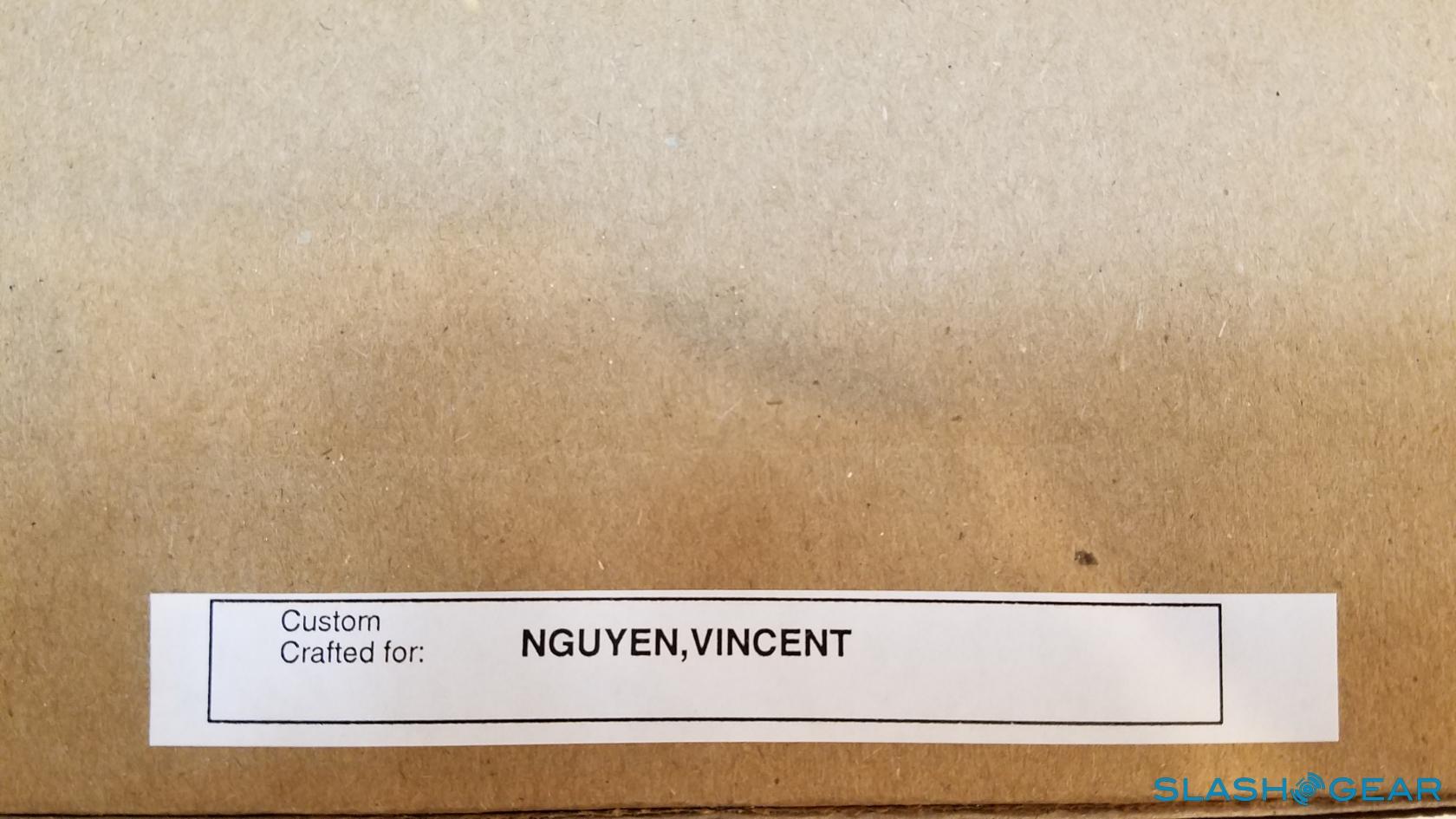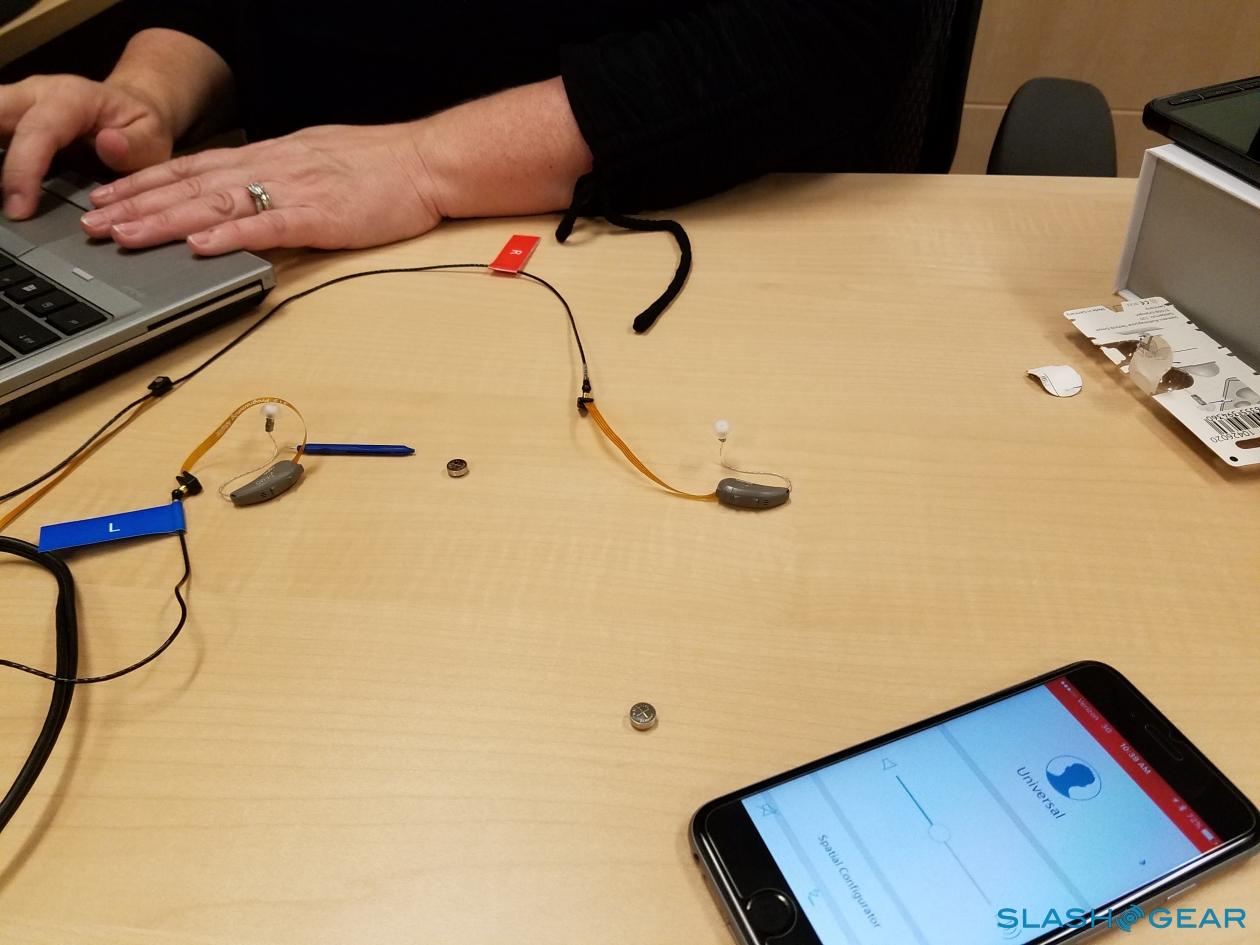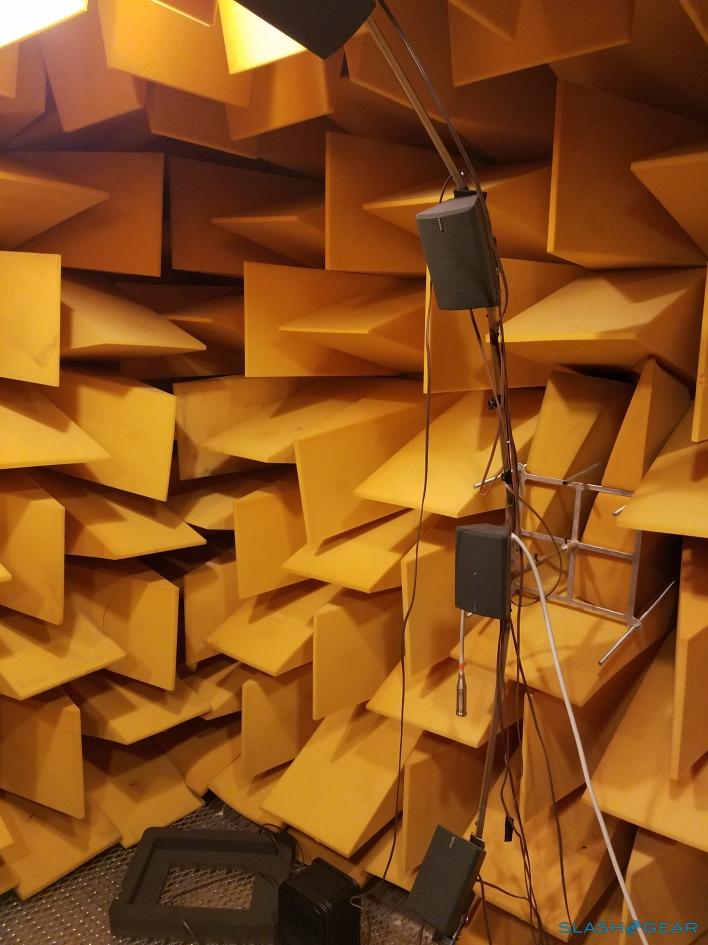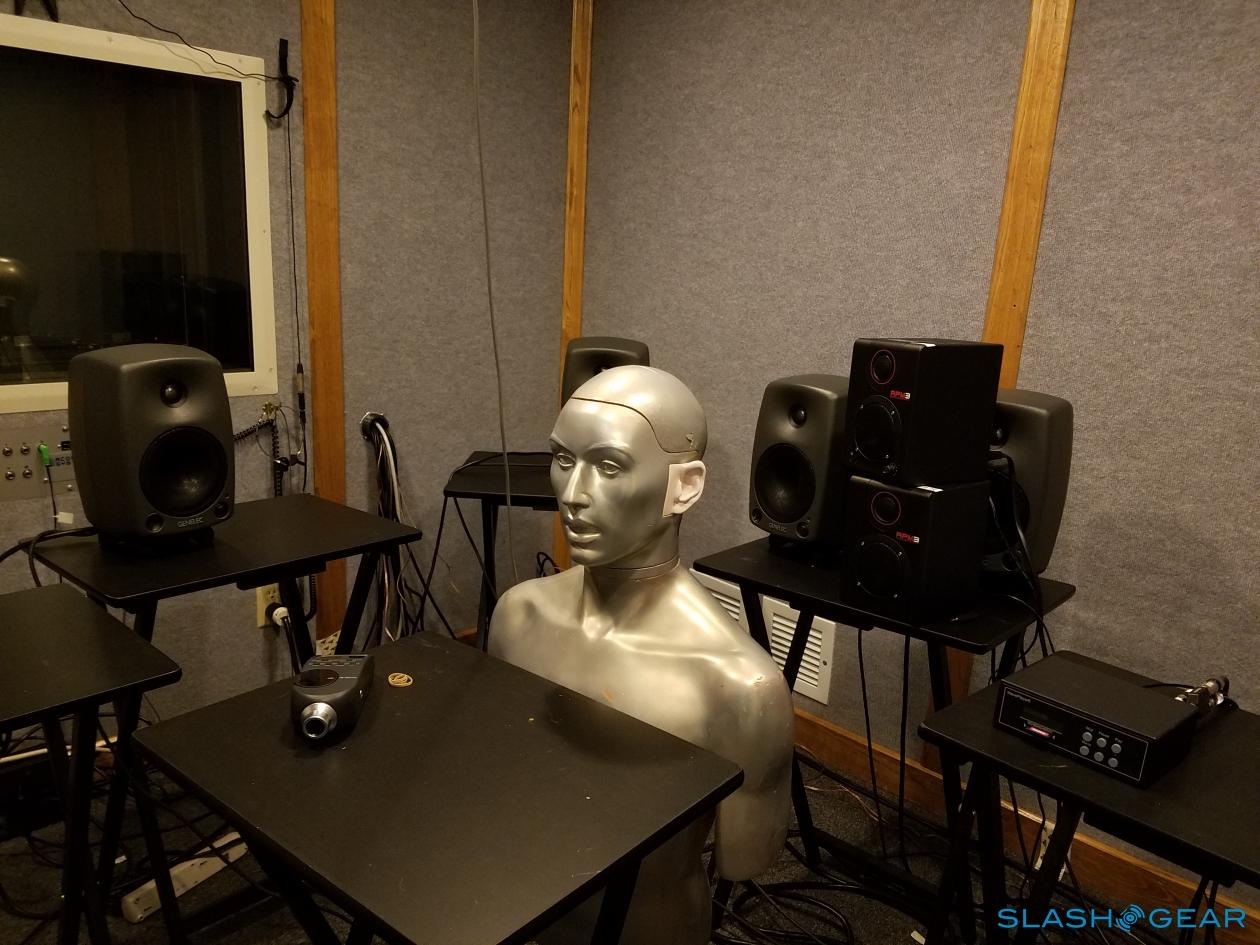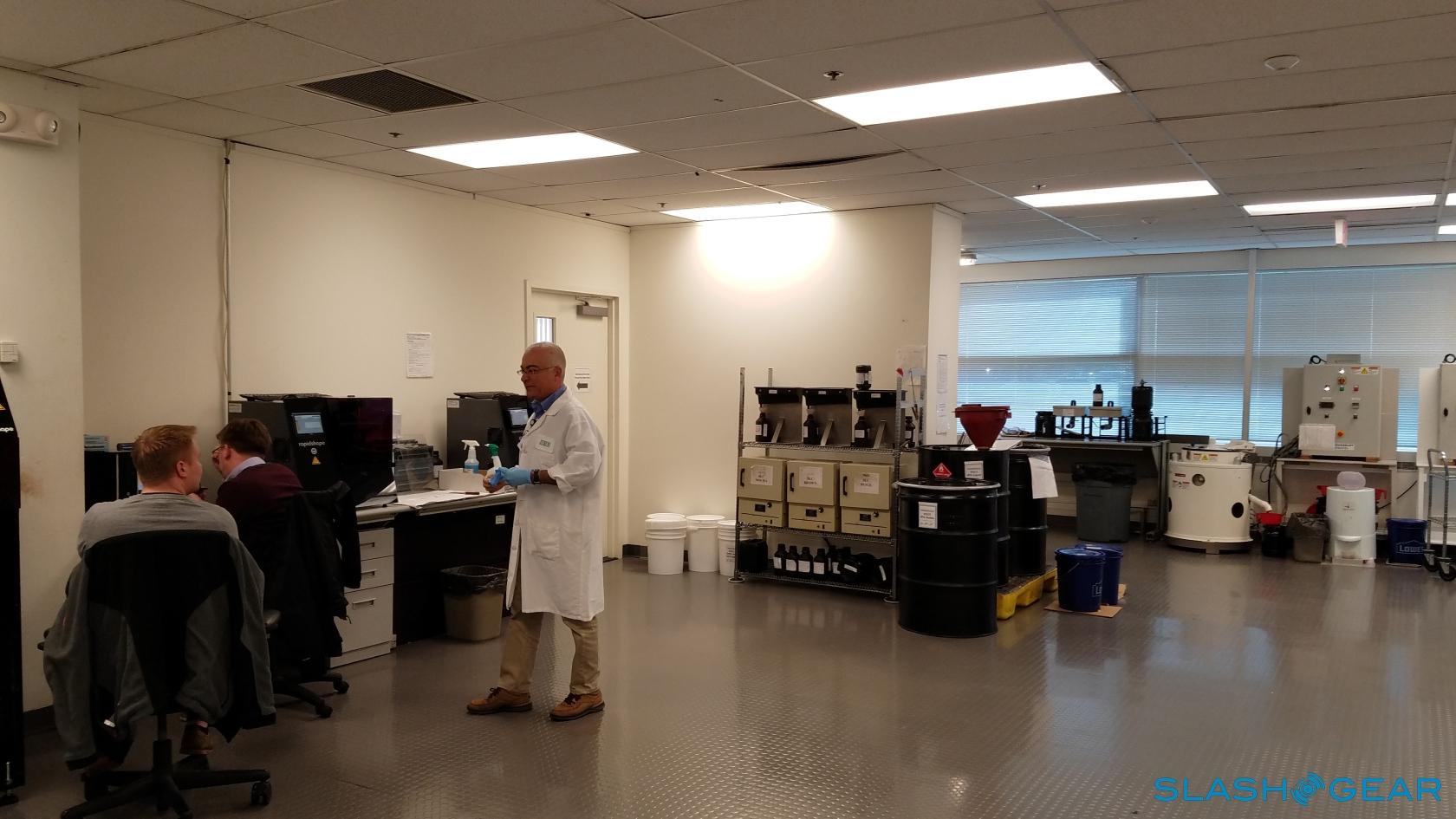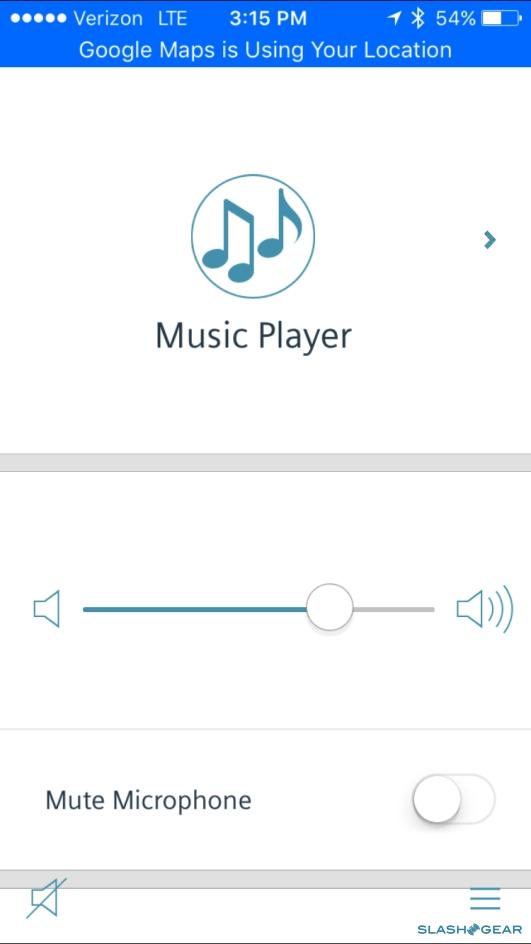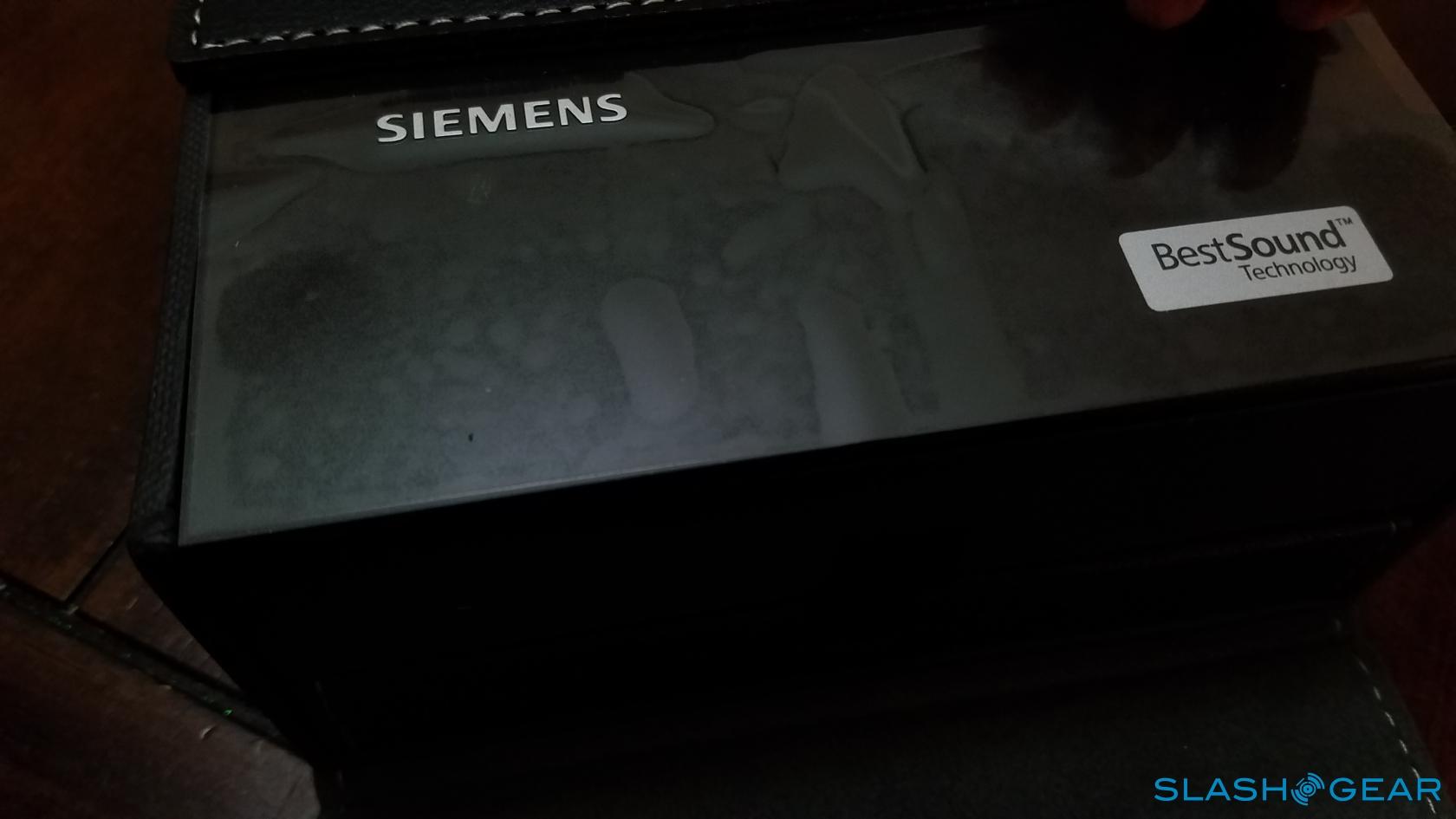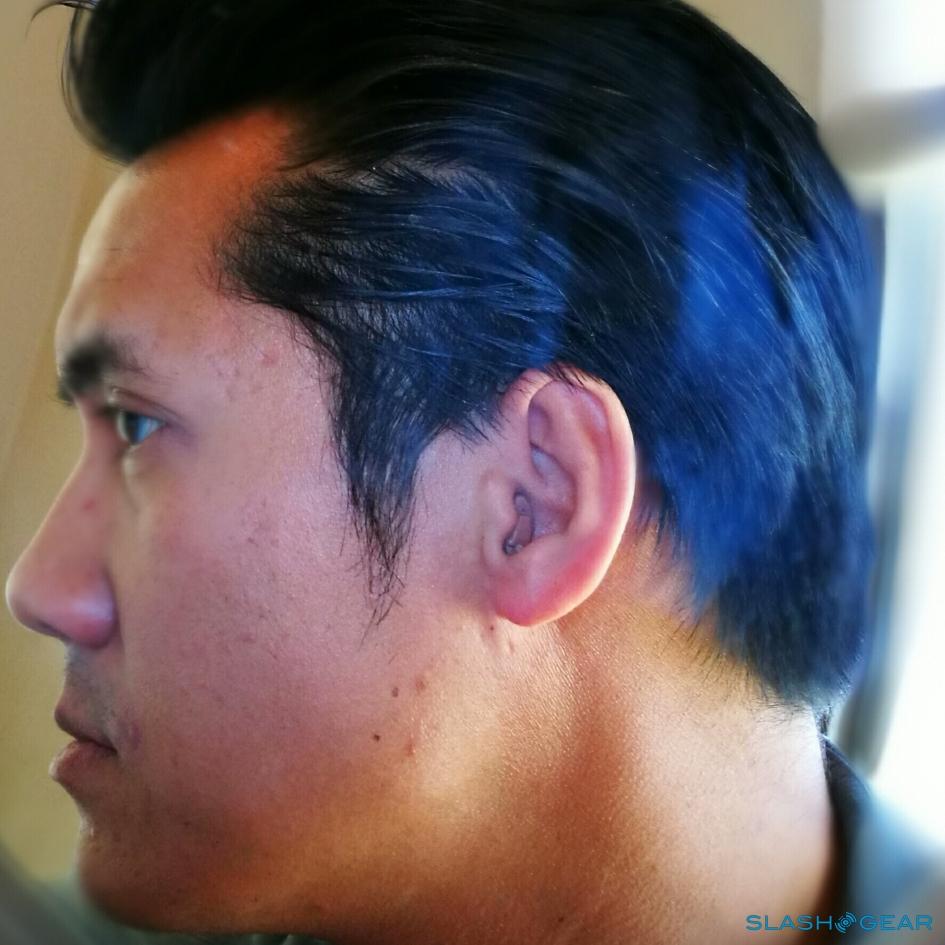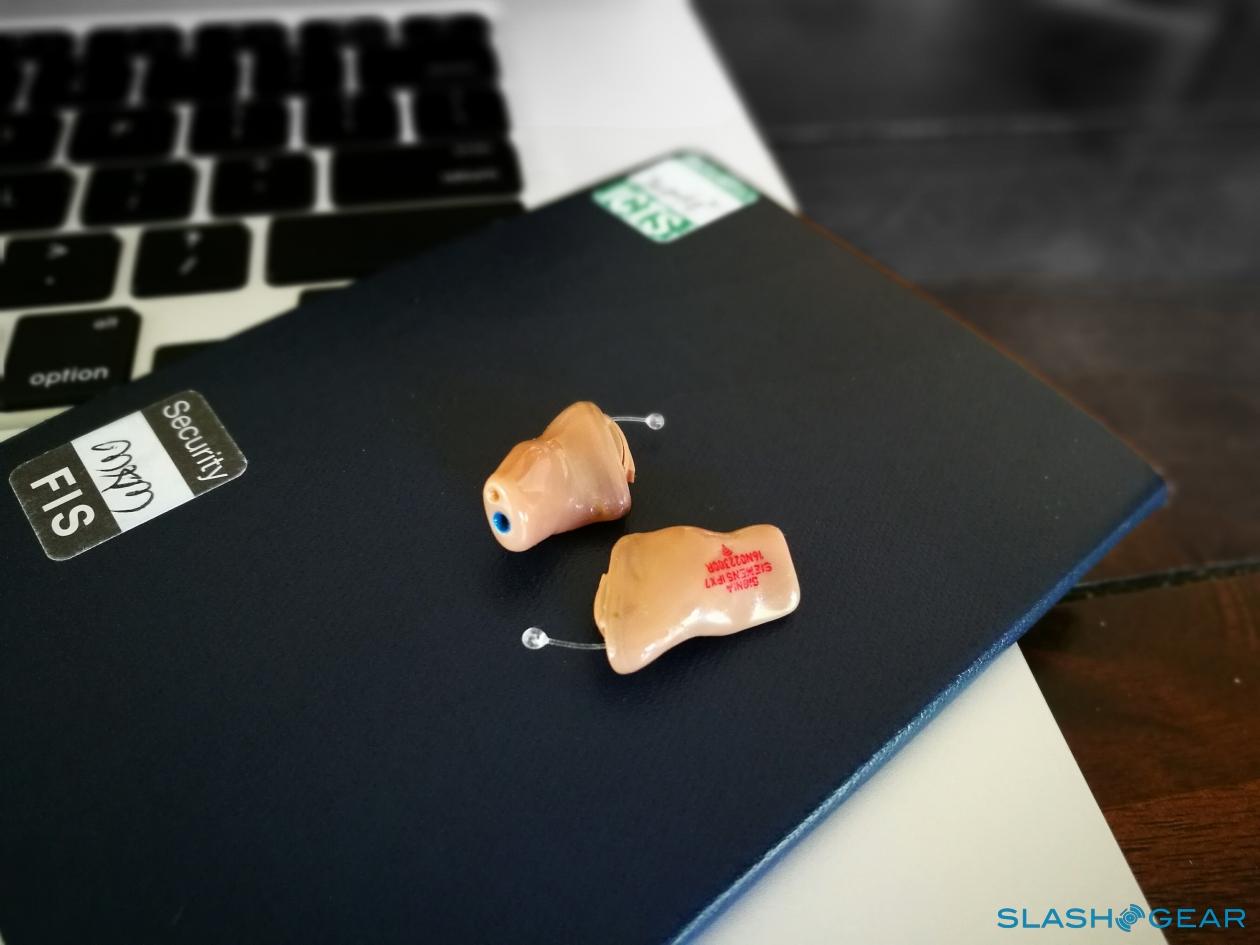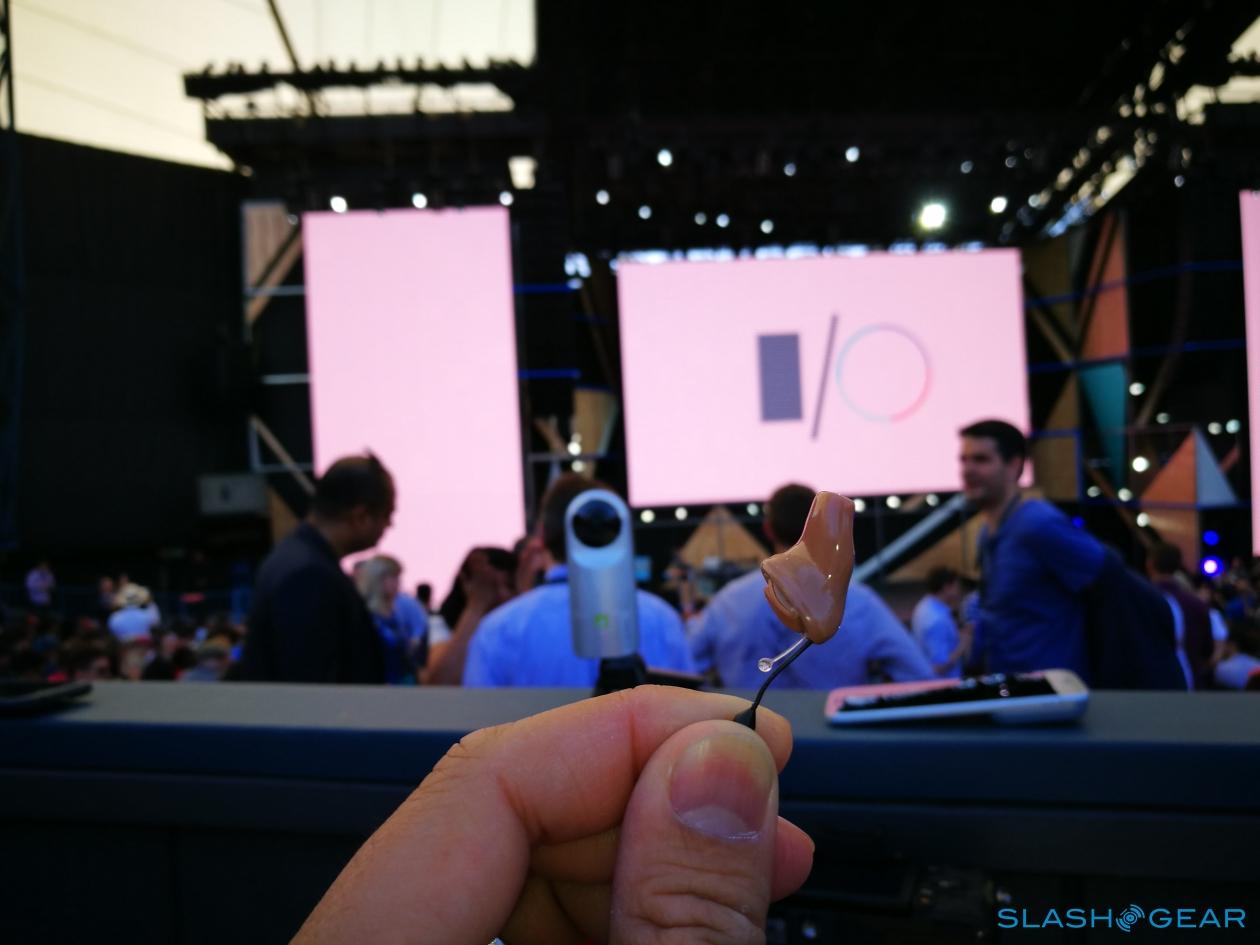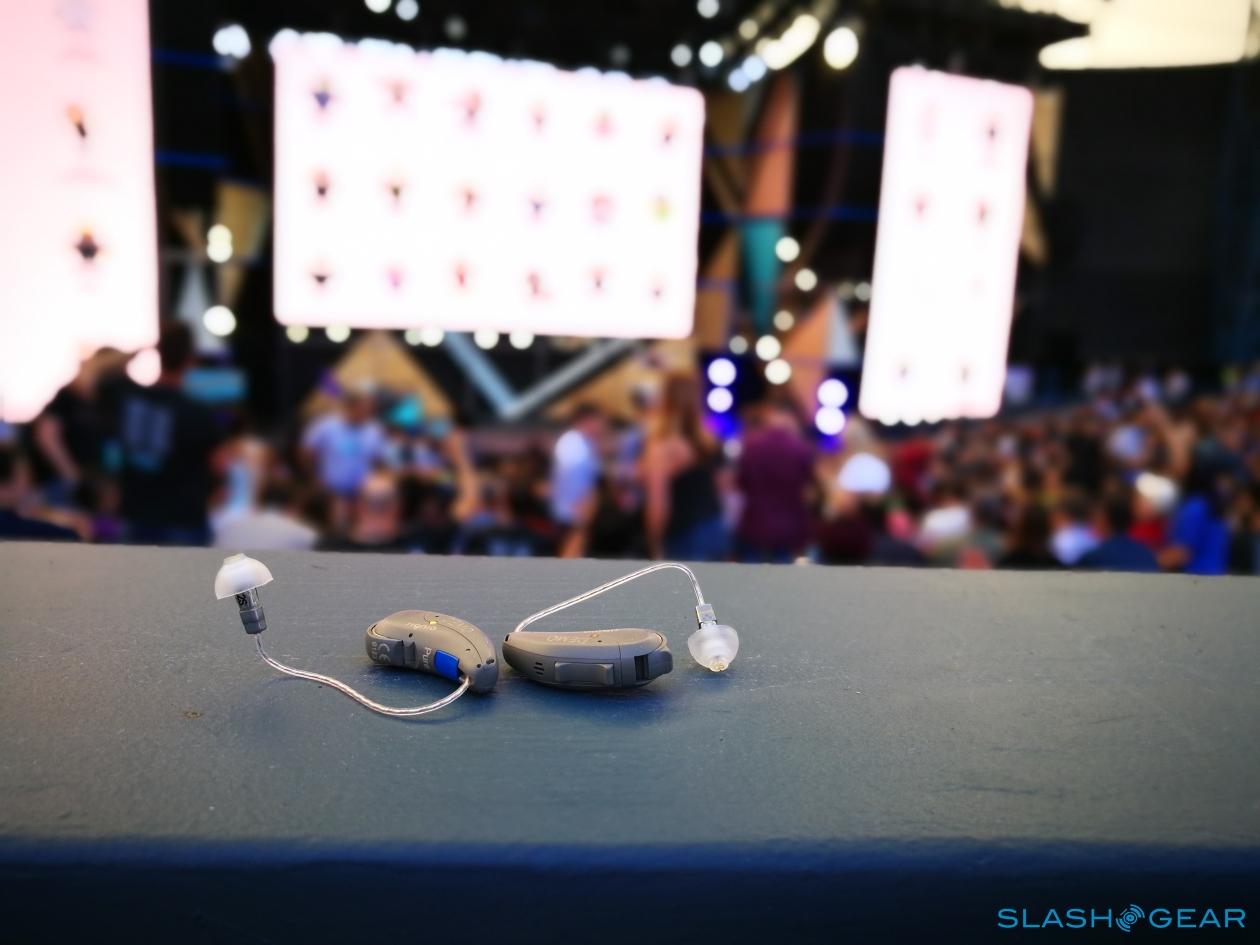Signia Primax Insio & Pure Hearing Aid Review: One Of The Most Advanced Wearable Devices
In this review, Signia offered me the Pure primax (Receiver in Canal or RIC) and a custom Insio primax "near" invisible-in-canal (IIC) version (more on this later). I've worn both extensively over the past months – long enough to be able to share and recommend the right version for you.
Also note that at the time of writing this review, Siemens Hearing Instruments has gone through a rebranding . The parent company is now known as Sivantos, which makes Signia hearing aids. primax builds on top of the binax platform to provide a binaural experience for ease of listening and offering new features using advance technology such as SpeechMaster, HD Music, EchoShield and TwinPhone.
Prior to taking on this review, I knew very little about hearing aids other than the fact that they help amplify sound for the hearing impaired. My idea of hearing aids are massive looking and uncomfortable to wear over the ear. I've always been fascinated with the tiny, almost invisible-wireless ear piece seen worn by CIA-spy agents in the movies and have wondered why hearing aids can't be that small? Spoiler alert, well they can get that small and I've got one!
Note that I do have normal hearing and do not suffer from any hearing loss prior to or during this review. So you're probably curious why this would be of any interest to me or SlashGear's reader. The answer is pretty simple, we take hearing for granted and when it's a challenge to hold a conversation, enjoy a movie or listen to music – it's time to get your hearing checked. Professionals at Signia told me that people affected with hearing loss normally go through a five to seven year period of denial before they accept that they have hearing loss.
Basic concept of how hearing aids work
The basic concept of how a hearing aid works has not changed much over the years. Sound waves travel through a tiny microphones and then are converted into electrical signals. These signals are then sent to an amplifier, which increases the volume and sends them to a speaker (or receiver). Depending on whether you opt for over the ear or in-ear devices, the hearing aid can look very different.
So here's a fun question – do we hear with our ears or our brain? If your answer is brain, then you're absolutely right.
You might think that all hearing aids are the same but in reality they're not. While they operate and offer similar functionalities, it is really the micro-processing chip — very similar to the brain — that distinguishes one hearing aid brand from another. Similar to how the brain controls every aspect of the human body; the primax chip contains nearly 20 million transistors and is capable of executing over 250 million instructions per second.
Because we listen with our brain rather than our ears, with hearing loss, it takes greater effort for it to process sound waves, which can result in brain fatigue or headaches. This is similar to having poor vision and being forced to squint your eyes in order for your brain to process what it is trying to see.
I learned early in my days as a pre-med biochem student that there is rarely anything in nature that can be 100 percent proven except for the science to support the studies. In this case, Signia has made the bold claim, as a result of two independent clinical trials, that primax is the first technology to outperform normal hearing. So take for instance, if a group of us was gathered in a loud bar or restaurant trying to have a conversation, the person wearing a pair of primax hearing aids may have an easier time hearing and understand those around them than those of us with normal hearing.
You're probably thinking that's just bananas. Trust me, I'd be saying the same if I haven't been testing these devices myself. My work involves cocktail hours followed by dinner and usually in tight quarters where everyone is talking at the same time. Now that's just information overload for your brain to process.
These two studies show that primax reduces listening effort – and yes, after months of extensive usage, I completely agree. The folks in this study exhibited lower cognitive load or "brain strain" than the group that did not wear primax as shown through the analysis of EEG recordings from the brain. The more you strain to hear, the more mentally exhausted you become. I'll discuss more on the actual usage further down.
There are three distinctly different types of hearing aids. The first is In-the-Canal (ITC & ITE). ITC and the larger In-the-Ear (ITE) hearing aids fit into the external part of the ear and are custom made to fit the contours of your ears.
The second design places the bulk of the hearing aid behind the ear, hence the name Behind-the-Ear (BTE) or Receiver in Canal (RIC). These hearing aids are housed in a small curved case – resting right behind the ear. The second component is a thin transparent tube or receiver. The wearer inserts it directly into the ear canal. There is a soft silicon ear tip at the end, which seals up the ear but not so much that you feel like your ear is plugged up – like an in-ear generic headset or custom molded in-ear monitor. Signia provided me with a pair of Pure primax RICs for this review.
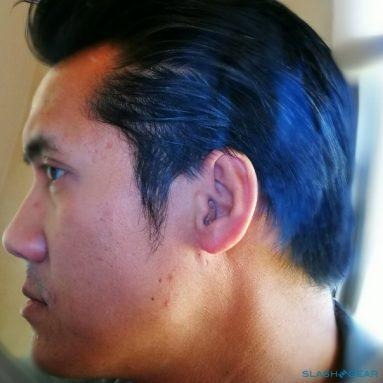
The third and final fit consists of the hearing aids completely fitting inside the canal known as Completely-In-Canal (CIC & IIC) hearing aids. The big difference between CIC and Invisible-In-Canal (IIC) is exactly what the name suggests. If opting for this fit, your ear canal dictates whether you can have one or the other. Take for instance my ear canal, it's super narrow. The thinness sits right between the CIC and IIC model so lucky for me, since Insio primax hearing aids are custom-made, the company was able to minimize how much they protrude out. So while they don't completely disappear once inserted, it's not noticeable to people unlike the ITC or ITE.
Differences between the three models as well as pros and cons
I started the review off with a pair of Pure primax because they are more off the shelf but you still need to visit a hearing specialist. During my visit to Signia U.S. HQ, I also got molds made for the primax Insio IIC.
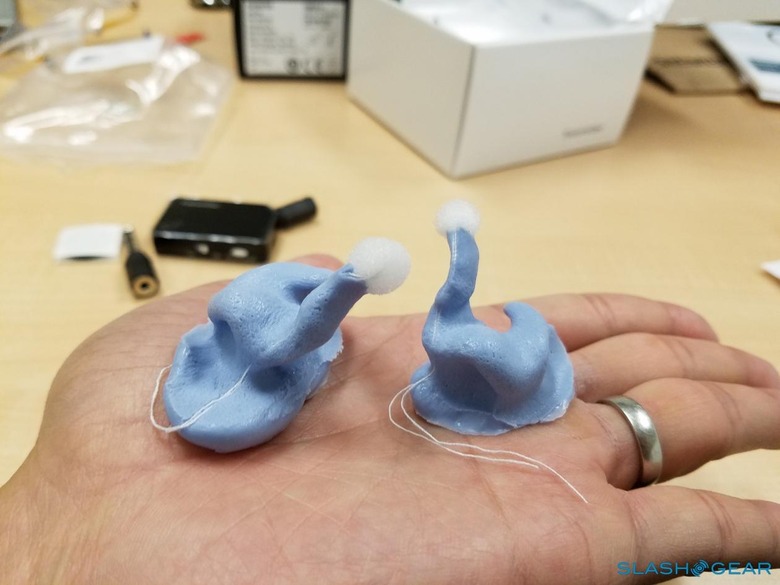
I suspect that RICs, also referred to as "open fit," are the more popular choice simply because they reduce the "plugged up" sensation associated with other hearing aids form factors that block most of ear canal. I noticed that the ear canal feels more open than the Insio primax IIC. With the Insio, you'll definitely feel the entire hearing aid resting in the ear canal. While many may not like this, I prefer it to the RIC.
ITC fit is the middle ground between BTE and CIC in that they allow you to have the best of all features from BTEs and RICs yet still get the custom fit of CIC. The only drawback is that people will see you are wearing hearing aids.
BTEs and especially RICs offer all the bells and whistles while only showing a thin transparent tube. When I wear mine, it takes people a while before even noticing them.
As I've already mentioned, I prefer CIC for the custom in-ear fit. There are a number of benefits I value. They perform better for outdoor activities since the microphone is hidden inside the canal, making wind noise less of a factor. I like how they seal up the ears and yes, to others this is a big drawback. I've done a lot of media track driving events this past year. Many of the times, I can barely hear the radio because of engine, road and wind noise, plus wearing a helmet. So as you can imagine, with the added benefit of sound getting amplified, I'm able to better hear what's going on from the lead or driving instructor. In addition, since they are inside the canal unlike the RIC, I do not have the discomfort of the ears pressing on the hearing aid.
One should be aware, though, that since the CICs and IICs are so small, they simply don't have the physical space to fit all the latest technology that a bigger BTE, RIC, or ITE can offer. As a result, for some patients, they may not provide as much benefit as the latter group of aids. Since I am normal hearing, the difference was not as apparent to me during my trial. But those with hearing loss may very well benefit from the features available only in the larger aids.
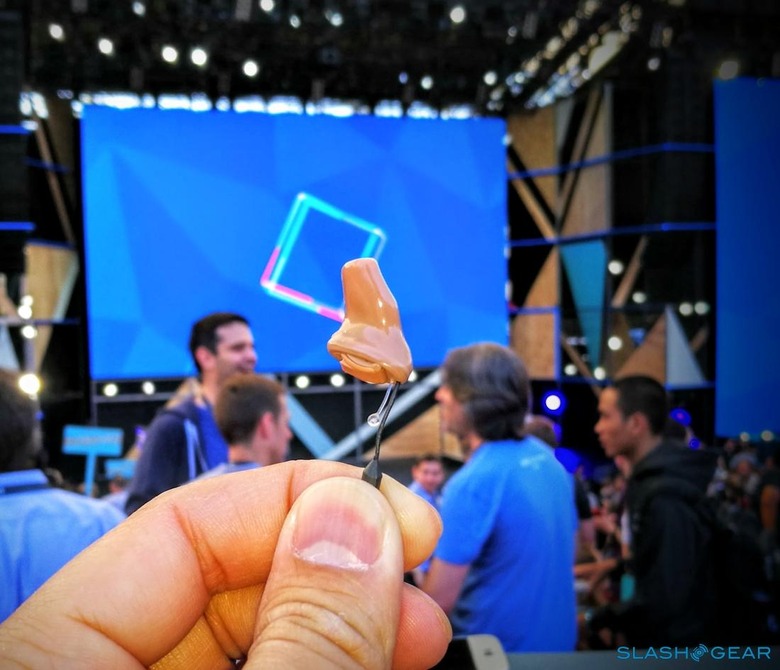
Now let’s talk about the technology inside the hearing aids
What is SpeechMaster, how does it work and what does it do?
SpeechMaster consists of noise reduction, directionality and now with primax, there's steering amplification to target and elevate the dominant intended speaker over the other sounds in any environment. They work hand-in-hand to reduce listening effort by making speech understanding easier.
My work requires attending cocktail events and dinner in noisy restaurants or worse, noisy and windy environments. I found that after wearing both primax Insio and Pure in these environments that they really do make conversations more enjoyable. Noise reduction reduces background or surrounding noises, including wind noise, while the directionality feature allows the hearing aids to focus on the person or group of people in the conversation, while amplification increases the volume of their voice over all other sound.
SpeechMaster is available on all primax models but there is a major difference between the Pure (RIC) vs Insio (CIC) – the Pure model sports a dual pair of directional microphones. Using the free touchControl App or easyTek app (if you are using the streaming accessory easyTek), you can change the Spatial Configurator. This nifty feature allows for better control over the listening experience by letting you manually override SpeechMaster. Essentially, what you're doing is narrowing or widening where you want sound to come from. Imagine trying to have a conversation with a colleague at a train station, in a bar or having coffee with your spouse in a busy café street side where you have little control over external noises or wind.
Spatial Configurator allows for granular control or just let SpeechMaster automatically handle it. So you might wonder what it's like if you're the driver in a car trying to have a conversation with the passenger to the right or behind you? Spatial Control allows you to focus on just sound coming from the right or just in the rear. You literally notice how the directional microphone seem to turn in the direction of the person speaking to bring out their voice. Yes, it is true, the amplification is good enough where you can spy on the folks talking around you.
Speaking of driving in a car, the hearing aids have the ability to tune down engine noise too! It's truly amazing. The primax hearing aids have an "audio radar" – where it recognizes the sound of a car's engine and automatically switches the hearing aids into Car mode. So essentially, when in Car mode, SpeechMaster intuitively knows to activate something called Spatial SpeechFocus (SSF). Therefore, in the case when you are driving, Car mode handles everything.
Having a three-way conversation in the middle of radio and road noise can be a challenging scenario even if you do not suffer from hearing loss. Now imagine wearing a pair of primax hearing aids. In my test case, I found that even with three passengers in the car, the radio on, engine and road noise on, whether it is Insio or Pure, they both filtered the intended speaker's voice loud and clear over the background noise. Hearing is believing and if I had not tried them myself, I would not have believed it.
I've briefly mentioned how wearing hearing aids in the wind can be annoying. If you ever tried having a conversation using a Bluetooth headset paired with a phone outside, you know exactly what it feels like trying to use a pair of hearing aids without eWindScreen binaural. This is a sub-feature of SpeechMaster.
During my test, both Pure and Insio models do a great job blocking out the wind. However, by nature of design and placement of the Insio model inside the canal, it does the best job. This is great for anyone working mainly outdoors, driving a convertible or just spending the day at the beach or on a boat.
I covered a Porsche drive program recently where I had the opportunity to drive the new Carrera 911 Cabriolet. Even with the top down at speeds well over 65mph, I didn't have any issues with wind noise while still able to clearly hear my drive partner. Now that is a challenging scenario for anyone with or without a hearing loss when you factor in the engine noise located right behind you, and the wind and road noise.
How does eWindscreen work? The two hearing aids are wirelessly linked. So when wind blows, SpeechMaster instantly senses it and registers it as wind. It is normal that for the most part, wind hits you from one side of your face first even when it arrives head-on. Our natural instinct is to turn our heads slightly away from the wind. Here's what so darn cool–it doesn't matter which hearing aid gets hit with the wind, eWindscreen binaural takes the audio signal from the "non-windy" ear and immediately transfers it to the "windy" ear. This is possible because the hearing aids are wirelessly connected and constantly communicates with each other.
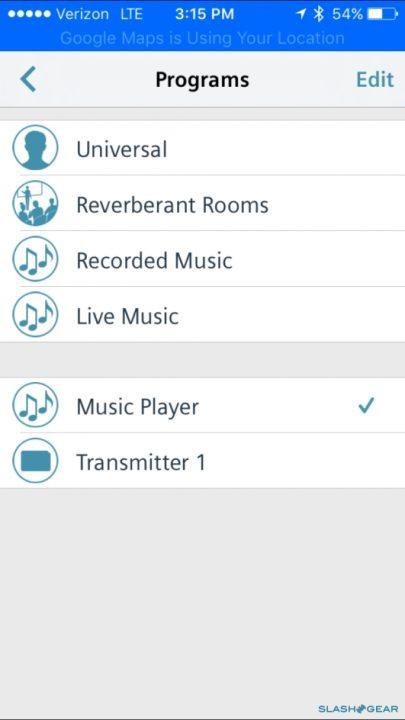
Now moving on to my favorite feature: HD Music and Wireless Audio Streaming with easyTek.
A number of people with hearing loss love music and many love music a little too much. It's possible that in their younger days, they listened to music too loud and may have developed some noise-induced hearing loss (NIHL) – yes Jake and Justin, I'm looking at you. For hearing aid wearers, Signia's previous platform, binax was the closest to offering any music enjoyment.
Signia primax HD Music program offers three settings: Recorded Music, Live Music and Musician
During my visit to Signia's office for a fitting, I was asked to pick among the three options. Not being a musician, I opted for Recorded Music and Live Music. HD Music "Live music" is ideal for listening to live music performance. It extends the dynamic range to specifically handle the wider range of volume at a concert whether it's a classical recital, pop or rock concert and everything in between. The Live Music program's frequency response and amplification are tuned to deliver a quality experience plus it's configured to pick up the performance in front of you while minimizing the noisy crowd behind you. The Musician program tunes to the singers and musicians for a fuller dynamic range of listening experience. This program also allows the performer to hear equally all around the stage or room.
The secret sauce to primax's HD sound quality is the frequency range up to 12 KHz across 48 channels. Modern day hearing aids should be able to handle a wide range of speech from a deep Barry White voice to a high Marge Simpson, and everything in between. Which is why there are three different types of HD Music programs available. All in all, Signia claims that HD Music is on par or even rivals major high-end headset brands on the market.
Sound quality is damn amazing and as I said before, even though I don't need hearing aids, I prefer to wear them just to enhance my hearing experience – especially when it comes to listening to music.
Segue to the easkyTek accessory discussion – easyTek is a hands-free solution for Bluetooth-enabled phones. It's a combination streamer and remote control which connects to primax hearing aids, turning them into a headset and offering wireless, hands-free operation. I use this primarily for streaming music from my phone directly to the hearing aids as well as phone calls.
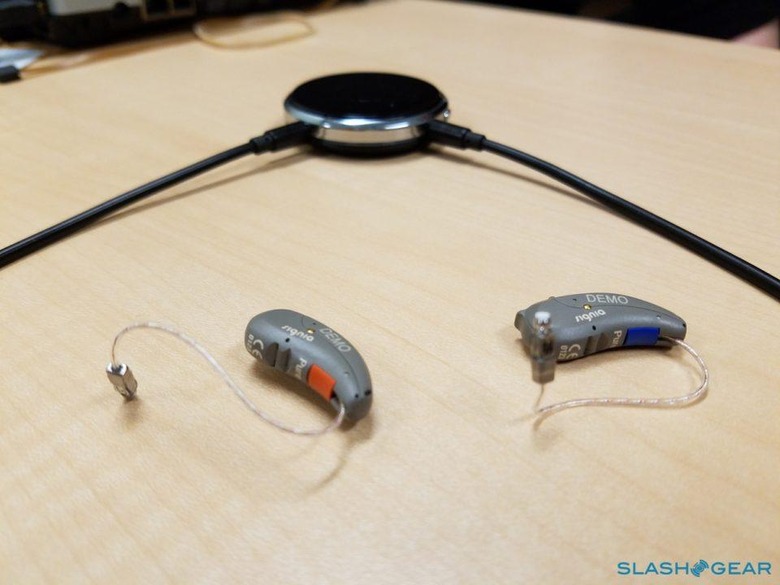
It is meant to be worn around the neck, has one big-multi-functional smart button located centrally on the circular unit that resembles a pendant. The durable lanyard also doubles as an antenna. My biggest complaint about this design is that it must be worn around the neck – essentially creating a "field" around the hearing aids. Remove it and the streaming goes dead.
When using easyTek, you can also download the free easyTek app that is available on iOS for iPhone and Android devices. It contains the same features as the touchControl app with even more enhanced features making it the ultimate universal remote control for your primax hearing aids.
When your phone is paired and connected to easkyTek, you can use any music app to stream. I use Spotify and Apple Music. It's a much better experience if you have music that's available on the device itself versus streaming – that does create a jittering issue due to the streaming nature over wireless or cellular. I found that it's a great piece of technology which does advance the hearing aids to the next level. That being said, it's not perfect. With current Bluetooth technologies, I found that while listening to streamed music with my iPhone 6s, it cuts out a lot when I walk around with the device in my front pocket. When it's placed in the back pocket, the stream intermittently cuts out to the point where it's not worth using. On Android devices like Samsung Galaxy S7 or LG G5, they fare a lot better with less cut-off. It's possible that due to the nature of easyTek's design, it does need to be relatively close to your phone – I would say no more than five to seven feet apart before they disconnect.
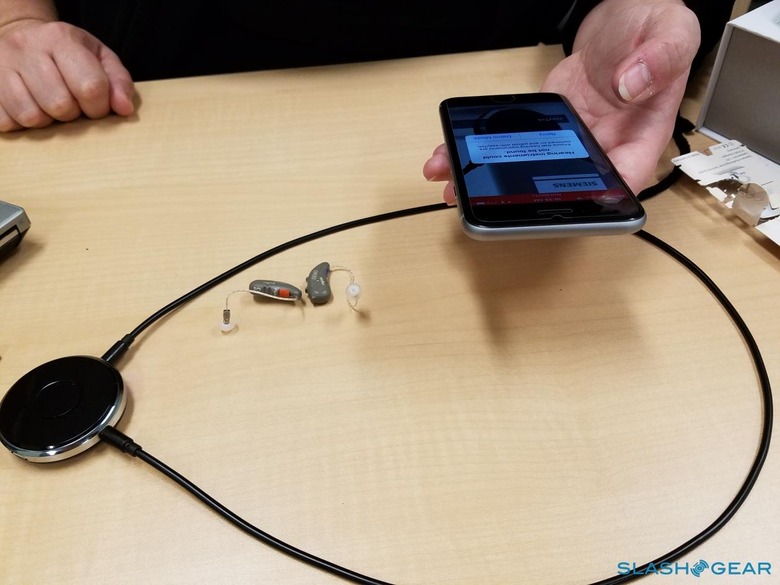
During my test, the easkTek battery life lasted a full day with intermittent audio streaming, phone calls and simple remote control usage. I have used this feature a great deal during flights. Strictly streaming audio content lasts under four hours before requiring a charge. That's about an hour of waiting at the airport, a two-hour flight from Phoenix to San Francisco and then another hour waiting for luggage and getting to the car rental. It has a non-user replaceable battery so for longer flights, I would recommend using the hearing aids with over the ear headphones because while the hearing aids will go on for days and days, the easyTek will not.
How do you stream audio content to the hearing aids from devices that do not have Bluetooth? For those devices, Signia offers a TV transmitter. Don't let the product name fool you because it's much much more. Plug it into any Audio Out device such as a TV, your home or car stereo and bam, you've got sound piping directly into your ear canal. I found that the connection between the TV transmitter and easyTek is much more stable with less audio cutoff than when paired with a phone.
For a couple of years now, as a videographer, I've been searching for a consumer solution to wirelessly stream audio from the camera in order to monitor audio quality. Suffice it to say, there really is not much of an option, until now. When I brought this up with Signia as a use case, they told me they hadn't thought of it. For me, it works great. Plug the transmitter into the Audio Out on the camera and I am able to wireless monitor audio quality without being tied down to a wired headset.
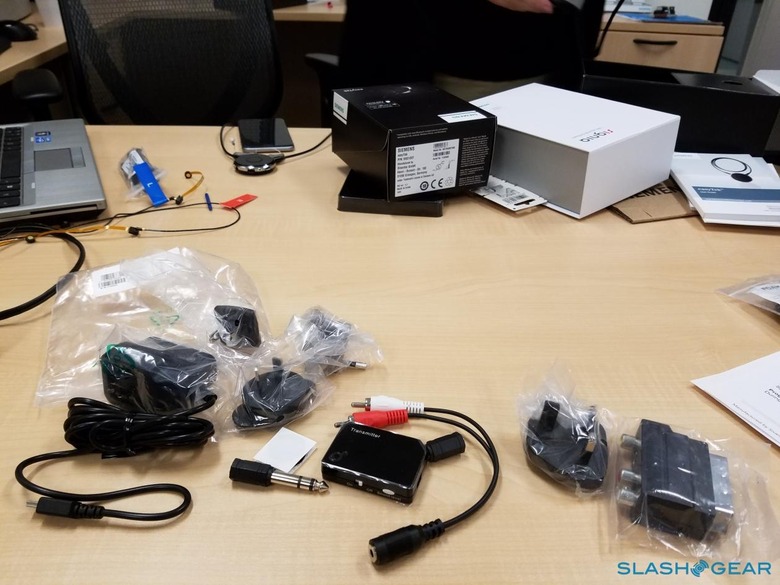
Another use case is when watching TV at night. I do not like to disturb my wife, so by plugging the transmitter into the TV, audio is streamed directly to the hearing aids. Not only is this a much better listening experience, it keeps my wife happy.
I know, I know – I keep say "best feature" – but having the ability to just hit "mute microphone" is empowering. I use this a lot when I'm at writing at home and my kids are running around screaming or at a busy Starbucks. It works great on the airplane by drowning out the airplane engine noise as well as all the busy chatters going on around. Although, there have been times where people said something to me and I did not hear them – you might get a tap on the shoulder or be viewed as being rude for not answering. This has happened to me on a few occasions but a simple apology usually smoothes things over.
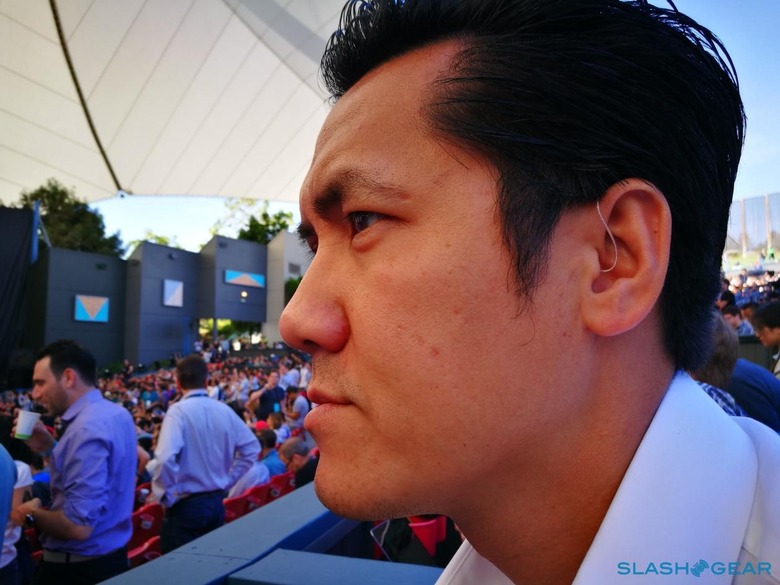
One more feature discussion before I end this review – and for anyone wearing hearing aids, this is a biggie. EchoShield is a Signia primax feature that helps cut down reverberation, a phenomenon that occurs when direct sound waves are reflected from surfaces. This often occurs in large places like auditoriums or spaces with many hard, reflective surfaces such as a stairwell or inside a cave. I tested this in a stairwell, a music hall, as well as at a few different auto shows where the room is massive with noise coming from everywhere. EchoShield does its job and does it well.
In conclusion, if you think you need hearing aids, book an appointment with an audiologist immediately. If you repeatedly have to ask people to "say again" or friends and family tells you, you have a hearing problem – see an audiologist. I promise you that whether you go with a pair of Pure or Insio from Signia or other hearing aid brands, your quality of life will increase significantly.
Will I continue to wear my hearing aids daily? For all the reasons in this review, ABSOLUTELY.

